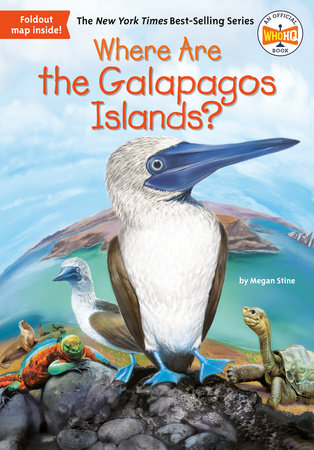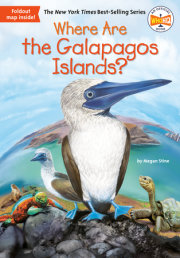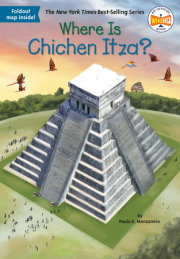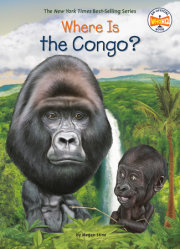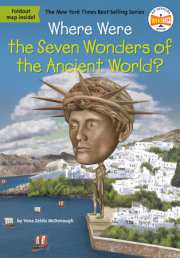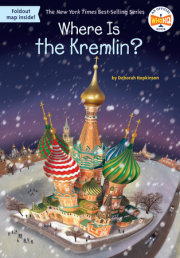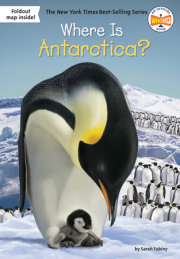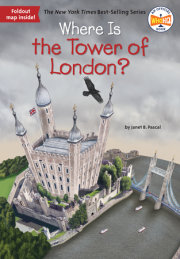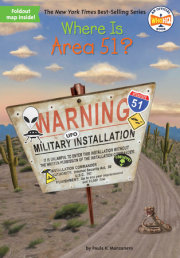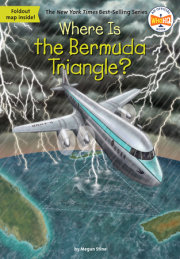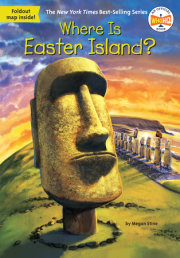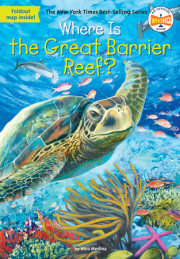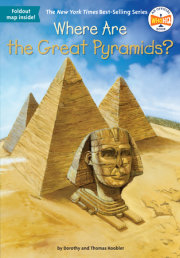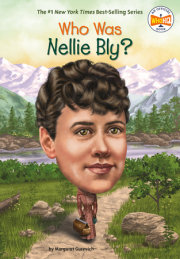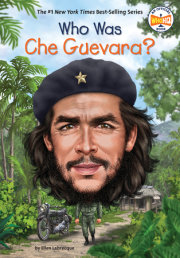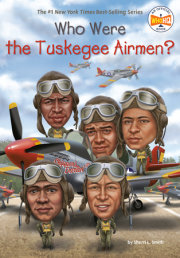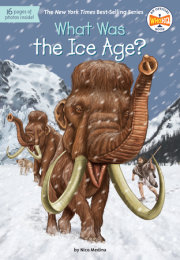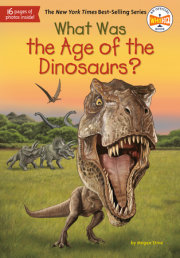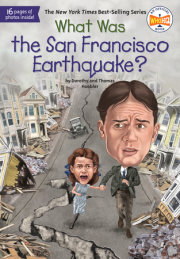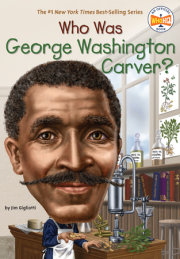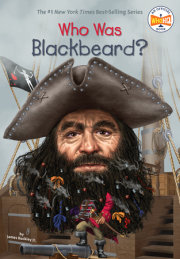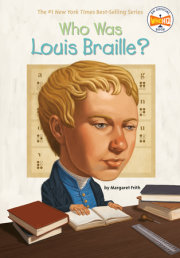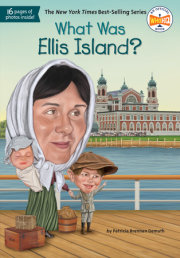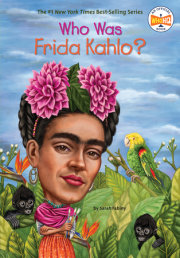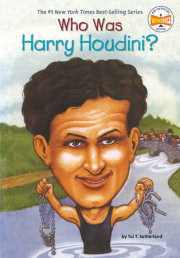Where Are the Galapagos Islands? It was a hot, dry day in March. The year was 1535. Brother Tomas, the bishop of Panama, was on board a ship sailing from Panama to Peru. He had been sent by King Charles I of Spain to settle problems in Peru. (Spain owned Peru at that time.) The bishop thought there was enough food and water for the trip, but he was wrong. After seven days at sea, the wind suddenly died down. His ship was stranded in the Pacific Ocean. There was no way other than wind to make the ship move—motors didn’t exist yet. He could do nothing but wait until the wind picked up again to fill the sails. For several days, the ship drifted on the ocean currents. The men on board were so thirsty, they thought they might die. They couldn’t drink the salty seawater—it would have killed them. Finally, on March 10, they spotted land. Islands! They had drifted toward an amazing place that wasn’t on any map. No one lived on these islands. No one even knew these islands existed!
Quickly they anchored the boat. The bishop and crew went ashore, hoping to find food and water.
What they saw seemed like a cross between heaven and hell on earth.
The islands were alive with animals the sailors had never seen before. There were giant tortoises big enough for a man to ride! There were iguanas that knew how to dive and swim! There were hundreds of strange birds that weren’t afraid of people. They would perch on a sailor’s head, or hop right onto his hand. Some birds had bright blue feet and walked in a funny waddle.
But there was no freshwater to be found. When the bishop’s men dug a well, the water that came out was saltier than the ocean. And much of the landscape was so rocky and harsh, plants could not grow. On some islands, the land was covered with solid black lava—sharp to the touch and difficult to walk on. The bishop said it looked like “God had showered stones.”
All the men had to eat were sour prickly cactuses. They sucked the liquid out of them to survive. The bishop and his men searched several of the islands, but two men and some horses died of thirst before they could find any freshwater to drink. When a breeze finally blew in after two days, they quickly reboarded the ship and sailed away.
The bishop didn’t give a name to the islands. But he did write to the king of Spain, describing this otherworldly place. He mentioned the giant tortoises, called galápagos in Spanish. The islands appeared on a map a few years later with that name—Galapagos.
It would take another 150 years before anyone visited again or wrote about this strange, magical place. And it would be exactly three hundred years till the most famous visitor of all arrived—a young scientist named Charles Darwin. When he landed on the Galapagos and saw the creatures there, he came up with an idea about how all forms of life change over time. His big idea— called evolution—changed the world. Because of Darwin, the Galapagos Islands became the famous place they are today.
Copyright © 2017 by Megan Stine; Illustrated by John Hinderliter. All rights reserved. No part of this excerpt may be reproduced or reprinted without permission in writing from the publisher.

